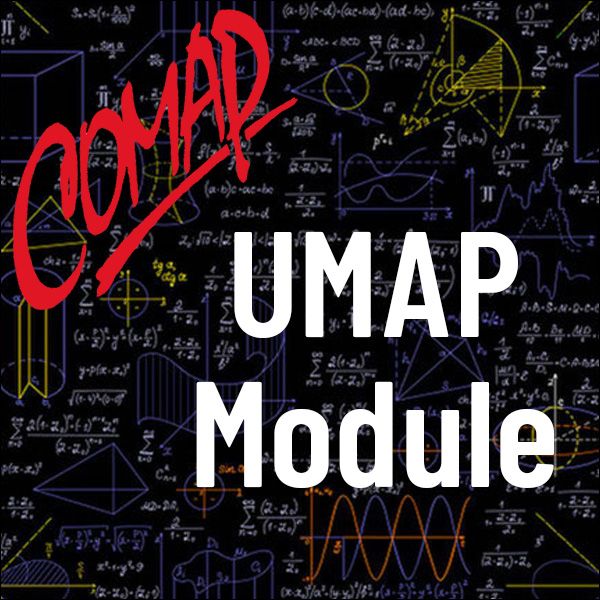Development of the Function y=Ae^cx (UMAP)
Author: Raymond J. Cannon
This unit involves applications of exponential functions. The applications present the concepts of half-lives and doubling periods. Students learn to integrate and differentiate y = Ae^cx and y = b^x.
Table of Contents:
1. INTRODUCTION
2. SIMPLIFICATION OF THE EXPONENTIAL FORMULAS
2.1 Establishment of the Formula y = b^t
2.2 The Base Must Be Positive
3. THE DERIVATIVE OF A(t) = b^t
3.1 The Distinction Between x^n and b^t
3.2 Finding the Derivative of b^t
3.3 An Important Property of the Exponential Function
4. VALUES OF THE FUNCTION L(B) = lim h->0 (b^h - 1)/h
4.1 Introduction to the Function L
4.2 Computation of L(b) for Various Values of b
4.2.1 b = 1
4.2.2 b = 2, 3, 4
5. DEFINITION OF THE NUMBER e
5.1 A Graph of the Function L(b)
5.2 The Value of b for which L(b) = 1
6. DEVELOPMENT OF THE FUNCTION y = e^cx
6.1 Writing y = b^x as y = e^cx
6.2 Solving the Equation e^t = b
6.2.1 b > 1
6.2.2 b = 1
6.2.3 b < 1
7. FORMULA FOR DERIVATIVE OF u = b^x = e^cx
7.1 L(e^c) = c
7.1.1 First proof that L(e^c) = c
7.1.2 Second proof that L(e^c) = c
7.2 The Derivative of y = e^cx is y' = ce^cx
7.3 Other Forms of the Derivative
7.3.1 Review of the derivative y = b^x
7.3.2 e^L(b) = b; b > 0
7.4 The Derivative of y = b^kx
8. FORMULA FOR THE DERIVATIVE OF y = Ae^cx
9. ANTIDERIVATIVES OF EXPONENTIAL FUNCTIONS
9.1 Formula for Antiderivative of y = e^cx
9.2 Formula for Antiderivative of y = Ae^cx
9.3 Formula for Antiderivative of y = Ab^x
9.4 Formula for Antiderivative of y = Ab^mx
10. SUMMARY
11. ANSWERS FOR UNIT 86
12. MODEL EXAM
13. ANSWERS TO MODEL EXAM

Mathematics Topics:
Application Areas:
Prerequisites:
You must have a Full Membership to download this resource.
If you're already a member, login here.